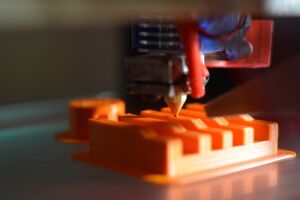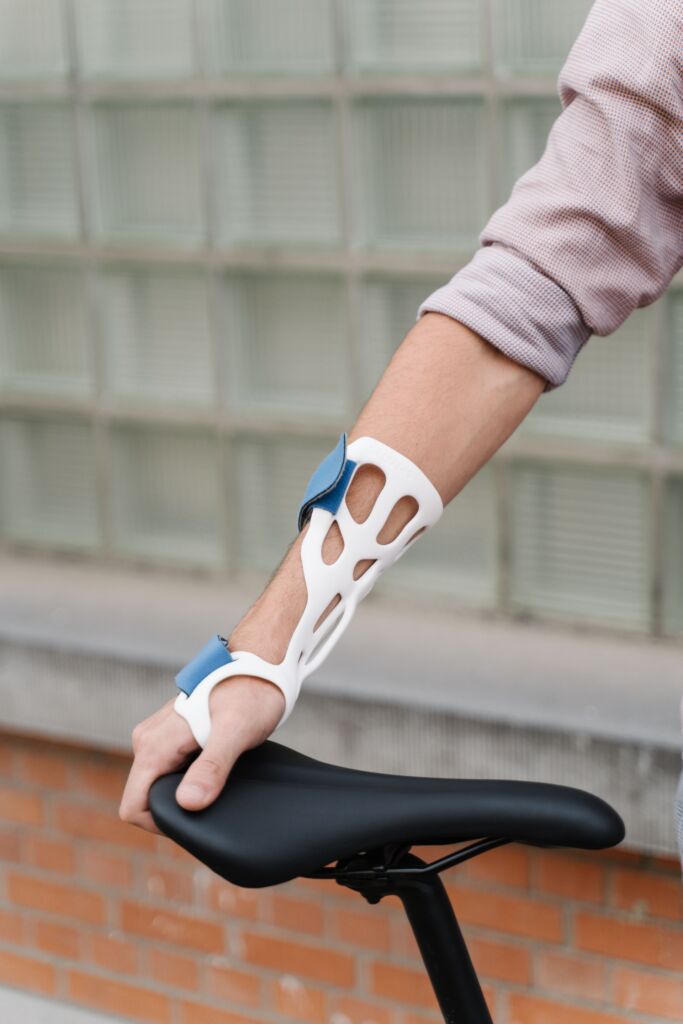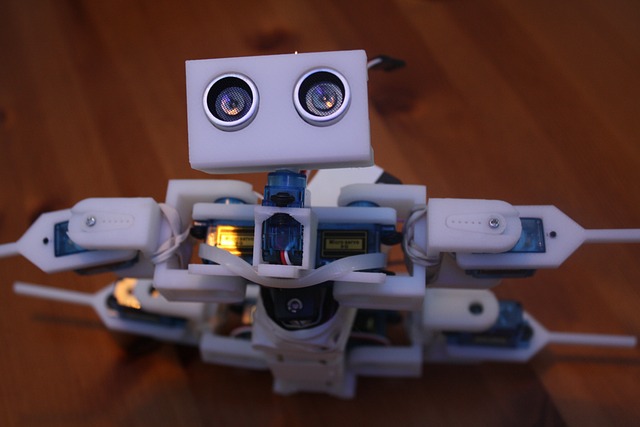
Unlock Your Business Potential with 3D Printing!
Since its invention in the 1980s, 3D printing has become one of the most revolutionary technologies in the manufacturing industry. With the advent of desktop 3D printers, it has become increasingly accessible to businesses and entrepreneurs. 3D printing has opened up a world of possibilities for businesses, from prototyping to product development to creating Internet of Things (IoT) devices. In this article, we will explore the different types of 3D printing technologies, the benefits of 3D printing for businesses, and how to get started with 3D printing.
Introduction to 3D Printing
3D printing, also known as additive manufacturing, is a manufacturing process that creates three-dimensional objects by adding layer upon layer of material. It is a relatively new technology, but it has become increasingly popular in the last few years. 3D printing has a wide range of applications in different industries, such as automotive, aerospace, and medical. In the last few years, 3D printing has become more accessible and cost-effective, making it a great option for small businesses and entrepreneurs.
Different Types of 3D Printing Technologies
There are several types of 3D printing technologies available, each with its own advantages and disadvantages. The most popular types of 3D printing technologies are Fused Deposition Modeling (FDM), Stereolithography (SLA), and Selective Laser Sintering (SLS).
FDM Technology

FDM technology is the most popular type of 3D printing technology. It is a layer-by-layer printing process that melts and extrudes a filament of plastic, metal, or other materials to create the desired object. FDM technology is the most cost-effective and widely used 3D printing technology.
The advantages of FDM technology include its affordability, ease of use, and versatility. It is also relatively fast, with a printing speed of up to 60 mm/s, and it can be used to create objects with a variety of materials, such as ABS, PLA, PVA, and Nylon.
SLA Technology
Stereolithography (SLA) is another type of 3D printing technology. It uses a laser to cure a liquid resin layer by layer, creating the desired object. SLA is a relatively expensive 3D printing technology, but it is capable of producing very high-quality parts with a very high level of detail.
The advantages of SLA technology include its high precision and accuracy, its ability to create smooth surfaces, and its ability to create objects with complex geometries. It is also a relatively fast process, with a printing speed of up to 200mm/s.
SLS Technology
Selective Laser Sintering (SLS) is a type of 3D printing technology that uses a laser to sinter powdered materials, such as nylon, aluminium, and stainless steel. It is a relatively expensive 3D printing technology, but it is capable of producing very high-quality parts with a very high level of detail.
The advantages of SLS technology include its ability to create objects with complex geometries, its ability to create objects with a wide range of materials, and its ability to create objects with a very high level of detail. It is also a relatively fast process, with a printing speed of up to 200mm/s.
Benefits of 3D Printing
3D printing has many benefits for businesses, including cost savings, faster production times, and improved product quality. 3D printing is also more efficient than traditional manufacturing processes, as it does not require tooling or moulds. This makes it a great option for businesses that need to produce small batches of products quickly and cost-effectively.
Furthermore, 3D printing is a great option for businesses that need to prototype their products quickly and cost-effectively. With 3D printing, businesses can produce prototypes in a fraction of the time and cost of traditional manufacturing processes. This makes it a great tool for product development and testing.
Applications of 3D Printing for Businesses
3D printing has a wide range of applications for businesses, from prototyping to product development to creating Internet of Things (IoT) devices. Here are some of the ways businesses can use 3D printing to their advantage.
Prototyping
One of the main applications of 3D printing for businesses is prototyping. With 3D printing, businesses can quickly produce prototypes of their products at a fraction of the cost and time of traditional manufacturing processes. This makes it a great tool for product development and testing.
3D printing also allows businesses to produce complex parts with intricate details that would be impossible to produce with traditional manufacturing processes. This makes it a great option for businesses that need to produce complex parts quickly and cost-effectively.
Product Development
3D printing can also be used for product development. With 3D printing, businesses can produce parts quickly and cost-effectively, allowing them to iterate and test their products faster. This makes it a great option for businesses that need to develop their products quickly and cost-effectively.
3D printing also allows businesses to produce parts with complex geometries and intricate details. This makes it a great option for businesses that need to create complex parts quickly and cost-effectively.
IOT
One of the most exciting applications of 3D printing for businesses is the creation of Internet of Things (IoT) devices. With 3D printing, businesses can produce IoT devices quickly and cost-effectively, allowing them to bring their products to market faster. This makes it a great option for businesses that need to develop their products quickly and cost-effectively.
3D printing also allows businesses to produce parts with intricate details and complex geometries. This makes it a great option for businesses that need to create complex parts quickly and cost-effectively.
How to Get Started with 3D Printing
If you are considering using 3D printing for your business, the first step is to find a reliable 3D printing service provider. There are many 3D printing service providers available, so it’s important to do your research and find one that meets your needs.
Once you have chosen a 3D printing service provider, you can start using 3D printing for your business. You can start by creating a few simple objects to get a feel for the process, and then move on to more complex projects.
It’s also essential to select the right materials for your projects. Different materials have different properties, so it’s significant to pick the right one for your project. You should also consider the cost of the materials and how much time it will take to produce the parts.
Challenges of 3D Printing
3D printing can be a great option for businesses, but there are a few challenges that businesses should consider before getting started. One of the main challenges of 3D printing is that it is a relatively slow process compared to traditional manufacturing processes. It is also more expensive than traditional manufacturing processes, so businesses need to consider their budget when deciding whether or not to use 3D printing.
Another challenge of 3D printing is that it is a relatively new technology, so there is a learning curve involved. Businesses need to invest time and resources into learning how to use 3D printing effectively.
Finally, it’s important to consider the environmental impact of 3D printing. 3D printing can be a great tool for businesses, but it is important to consider the environmental impact of the materials used in the process.
Conclusion
3D printing is a revolutionary technology that has opened up a world of possibilities for businesses. It has a wide range of applications, from prototyping to product development to creating IoT devices. It is also a relatively cost-effective and time-efficient option for businesses that need to produce small batches of products quickly and cost-effectively.
However, there are a few challenges that businesses should consider before getting started with 3D printing. It is a relatively slow process compared to traditional manufacturing processes, and it is more expensive than traditional manufacturing processes. Businesses also need to invest time and resources into learning how to use 3D printing effectively.
If you are considering using 3D printing for your business, it is important to do your research and find a reliable 3D printing service provider. With the right 3D printing service provider, you can unlock the potential of 3D printing and take your business to the next level.
